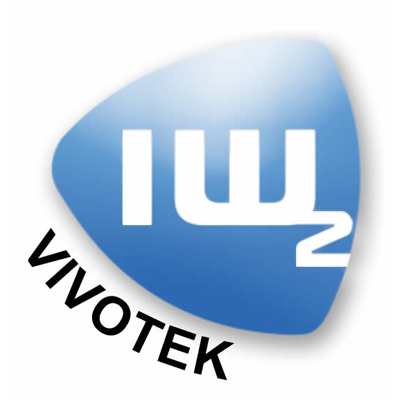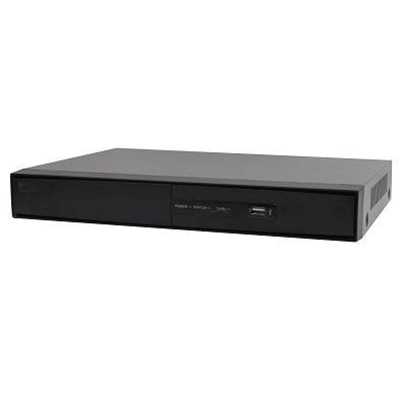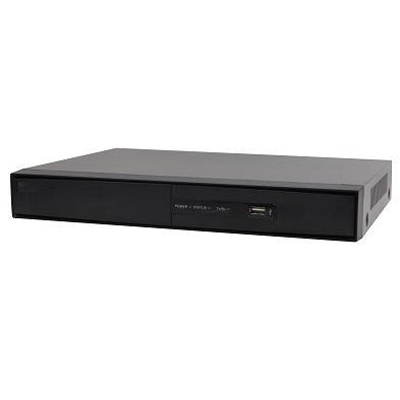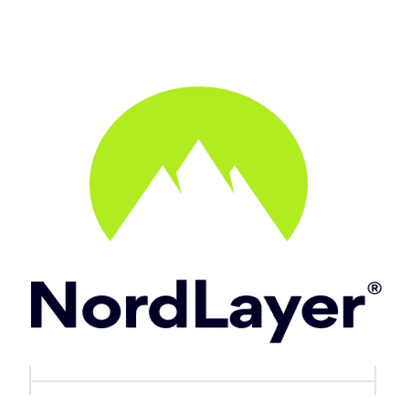Super Micro Computer, Inc. (Supermicro), the globally renowned company in enterprise computing, storage, networking solutions and green computing technology, introduced multiple systems tailored to work with a leading open, hyperconverged software offering, Red Hat Hyperconverged Infrastructure.
Supermicro collaborated with Red Hat to develop advanced configurations based on industry-renowned Supermicro servers featuring the latest technologies. These systems, available now, give customers new options when architecting infrastructure.
Supermicro’s open HCI solution
Supermicro’s open HCI solution, based on Red Hat Hyperconverged Infrastructure, includes the BigTwin, SuperServers, and Ultra platforms that offer compelling configurations for compute, storage, and networking.
BigTwin, SuperServers offer four hot-pluggable systems in a 2U form factor of four dual-process server nodes, with up to 24 DIMMs, and high-performance NVMe.
The BigTwin, SuperServer, leverages 12 nodes, 672 compute cores per cluster, total memory of 4,608 GB
The BigTwin, SuperServer, leverages 12 nodes, 672 compute cores per cluster, total memory of 4,608 GB, and using NVMe pushes total storage to 138 TB and for density performance workload. Ultra SuperServers have three options spanning three, six, and 12 nodes; compute cores of 96, 240, and 672; and, total memory of 384 GB, 1152 GB, and 4608 GB per cluster. Total storage spans 72 TB to 230 TB per cluster dependent upon system architecture.
Supermicro - Red Hat partnership
Raju Penumatcha, the Senior Vice President and Chief Product Officer at Supermicro, said “We have a long-standing relationship with Red Hat to bring technology innovations to benefit our mutual customers.”
Raju Penumatcha adds, “We have further strengthened our portfolio by validating with Red Hat Hyperconverged Infrastructure for Virtualisation – a powerful open-source HCI solution – delivering more value to our customers with improved automation of infrastructure management, higher efficiency, while lowering TCO.”
Open, flexible hyperconverged solutions
Terri Hall, the Vice President (VP) - Global Partners & Alliances at Red Hat, said “Customers need open, flexible hyperconverged solutions. Red Hat and Supermicro are dedicated to delivering integrated open source solutions. Together, we offer flexible infrastructure solutions for organisations to more easily provision compute, storage, and networking resources with confidence.”
Supermicro’s HCI offerings are based on the powerful 2nd Gen Intel Xeon Scalable processors, including hardware-accelerated performance options, such as Intel’s Optane DC persistent memory, and up to 25 GB networking for demanding workloads.
Red Hat Hyperconverged Infrastructure
Supermicro’s open source HCI solution is optimised to reduce the IT footprint while providing ease of use by leveraging Red Hat Ansible Automation management tools.
Red Hat Hyperconverged Infrastructure offers a single software package coupled with a simplified deployment model that helps reduce capital expenditures (CapEx), and operating expenses (OpEx).




























